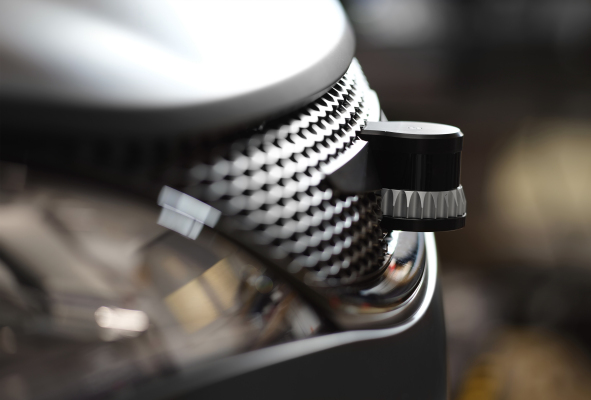
Lidar startup Ouster has spent the past several years expanding and improving its line of sensors as it jostles for a piece of the crowded and competitive market place. Now, Ouster says it has raised $42 million, fresh capital that will be used to fund product development and ramp up sales.
In short: Ouster is keeping the fight alive and there are signs that the San Francisco-based startup is making progress despite some headwinds. The $42 million Series B round didn’t feature any new investors — existing backers Cox Automotive, Fontinalis Partners and Tao Capital Partners all participated — and it was less than its previous raise of $60 million. Ouster, like many others, also reduced its workforce by 10% due to COVID-19, the company confirmed.
However, it’s worth noting that Ouster managed to close the round in the midst of COVID-19 and has continued to increase sales, even as its San Francisco-based manufacturing facility was shuttered temporarily due to a COVID-related government shutdown. The business grew enough to avoid further layoffs and to fully pay all employees and temp workers, according to the company. Ouster has raised $140 million to date.
Ouster wouldn’t share specific revenue numbers, but the company said its 12-month revenue has grown 62%, with third-quarter bookings up 209% year-over-year — a stat that makes sense, considering its business model and the expansion of its product line.
Lidar measures distance using laser light to generate highly accurate 3D maps of the world around the car. Lidar is considered by most in the automated vehicle technology industry a key sensor required to safely deploy robotaxis and other autonomous vehicles (with perhaps the exception of Elon Musk and a few others).
Ouster is taking a different technological and business approach than many of its competitors.
The company’s lasers and photodetectors are printed onto two chips using a standard process to produce integrated circuits (known as CMOS to those in the know). Ouster says this allows it to ditch the more common practice of stacking discrete components on top of each other to reach the desired resolution. Ouster argues that its approach results in a less complex sensor that is more reliable and cheaper.
“Ouster’s digital lidar architecture gives us fundamental advantages that are winning over customers in every market we serve. Digital CMOS technology is the future of lidar and Ouster was the first to invent, build, patent, and commercialize digital lidar. Once our customers experience the resolution and reliability of these sensors at an affordable price, there’s no turning back to legacy analog lidar,” Ouster CEO Angus Pacala said in a statement.
In January, Ouster launched its second-generation lidar product line, which includes three different 128-beam sensors to be used for different purposes, including one designed for navigating urban environments and warehouses. The other two sensors include a mid-range model with a 120-meter range and a 45-degree field of view, and a long-range lidar sensor with a more than 200-meter range for high-speed vehicle automation. All three products are currently shipping to customers and are available in 50 different configurations, according to Ouster.
The company’s business model is also slightly different than many others. Instead of targeting automakers or companies trying to commercialize robotaxis, Ouster has cast a wider net to diversify its business. The company is selling its lidar sensors to robotics, drones, mapping, defense, building security, mining and agriculture companies. The company launched in January its second-generation lidar sensors, which included three new 128-beam models that have different applications. The second-generation line is an improvement from its previous 64-beam models, with better resolution.
The strategy has appeared to pay off. Ouster has doubled its customer base since March 2019, according to the company. Today, Ouster says it has 800 customers across 15 markets, including Konecranes, Postmates, Ike, May Mobility, Kodiak Robotics, Coast Autonomous, the U.S. Army, NASA, Stanford University and MIT. Some of that growth has come from sales to Chinese automation companies such as idriverplus, WhaleAI, Hongjing Drive and qCraft.
Despite the growth, Ouster needs the capital to scale, as designing, manufacturing and selling lidar sensors is an expensive undertaking. Ouster has opened offices in Paris, Hamburg, Frankfurt, Hong Kong and Suzhou to expand global sales and customer service capabilities. It also has two manufacturing facilities. Its San Francisco facility, which opened in March 2019, is primarily used to introduce new products. Production volumes are lower at this facility. Once the product is validated, they’re transferred to Ouster’s contract manufacturer Benchmark in Southeast Asia.
Benchmark is now producing hundreds to thousands of second-generation sensors per month, according to Ouster.